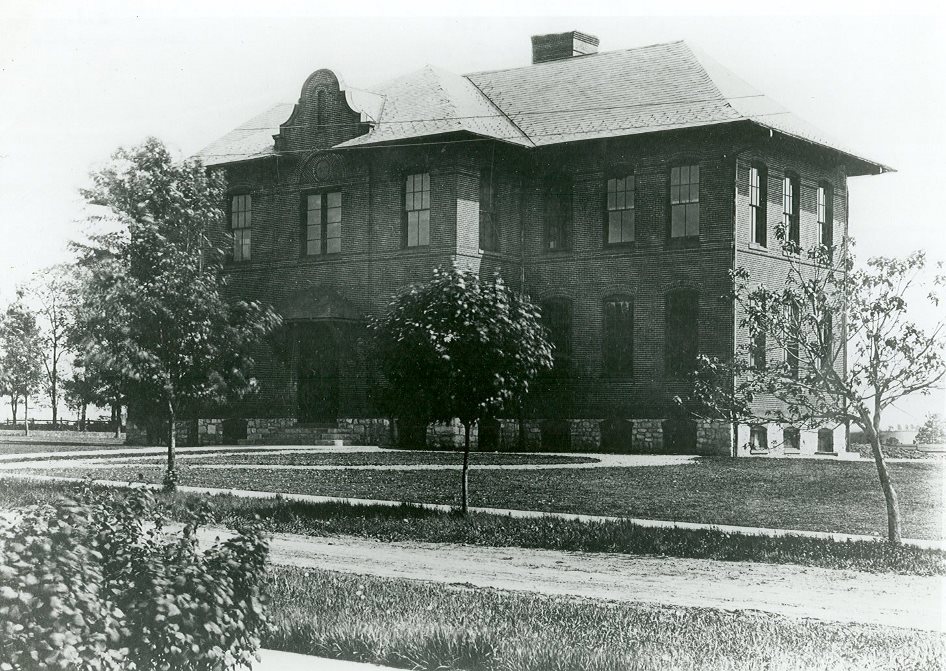Perhaps it is only a legend that a group of dissidents from Peace Church (now "Historic Peace Church") on Trindle Road set up a camp to hold services at a tiny village then called White Hill. The name was given by Dr. John D. Bowman the first postmaster in the village who gave the name Camp Hill which it has been known since 1869. Whether he was referring to the religious camp or not is unknown.[1] But Camp Hill it became, and soon it was more than just a stop on the Cumberland Valley Railroad as it smoked its clanking way through Cumberland County starting in 1837. Actually, the first European settlers came to the area around 1730, braving the wild and unknown world west of the Susquehanna River to form new communities.[2]
The little town grew and on November 10, 1885, became a borough, thus severed from its municipal mother, East Pennsboro Township.[3]Always mainly residential and composed principally of single-family homes,[4] it has declined to host manufacturing enterprises, high-rise commercial buildings, and densely-peopled apartment complexes.[5]To this day Camp Hill continues its reluctance to join in the explosive post-World War II growth of the West Shore.
Through its heart passes its Market Street on the Great Road. This was one of the ways west from the Susquehanna River through Cumberland County, the other being the Trindle Road, which began in what became New Cumberland and proceeded through Shiremanstown and Mechanicsburg. President George Washington, on his way to see about the Whisky Rebellion, went west on the Great Road and returned to the Susquehanna on the Trindle Road.
The Civil War came to Camp Hill, quite literally, since there was a battle at Sporting Hill Road and a firefight around what is now 32nd and Market Streets.[6]This was in late June of 1863, as Lee's scouting parties probed the defenses of Harrisburg. Meanwhile the armies gathered at Gettysburg. But Camp Hill has the title: "The High Water Mark of the Confederacy."[7]
In 2010 the census takers found 7,888 Camp Hill citizens, most of whom had far above average educational attainments and incomes. And in an increasingly diverse and pluralistic society, Camp Hill's demographics remain more traditional. Most of its people are Caucasian, and of European ancestry.[8]
The Rev. Silas C. Swallow lived for a time in Camp Hill[9] and received 258,205 votes in 1904 in his bid for the Presidency on the Prohibition ticket; Theodore Roosevelt won. But Camp Hill is still dry.[10]
Camp Hill has declined to give up its independent school district to any of the regional mergers.[11]William Daniel Phillips attended Camp Hill schools, and he won the Nobel Prize in Physics in 1997.[12]
Camp Hill continues to thrive. Sometimes David can just ignore Goliath.

